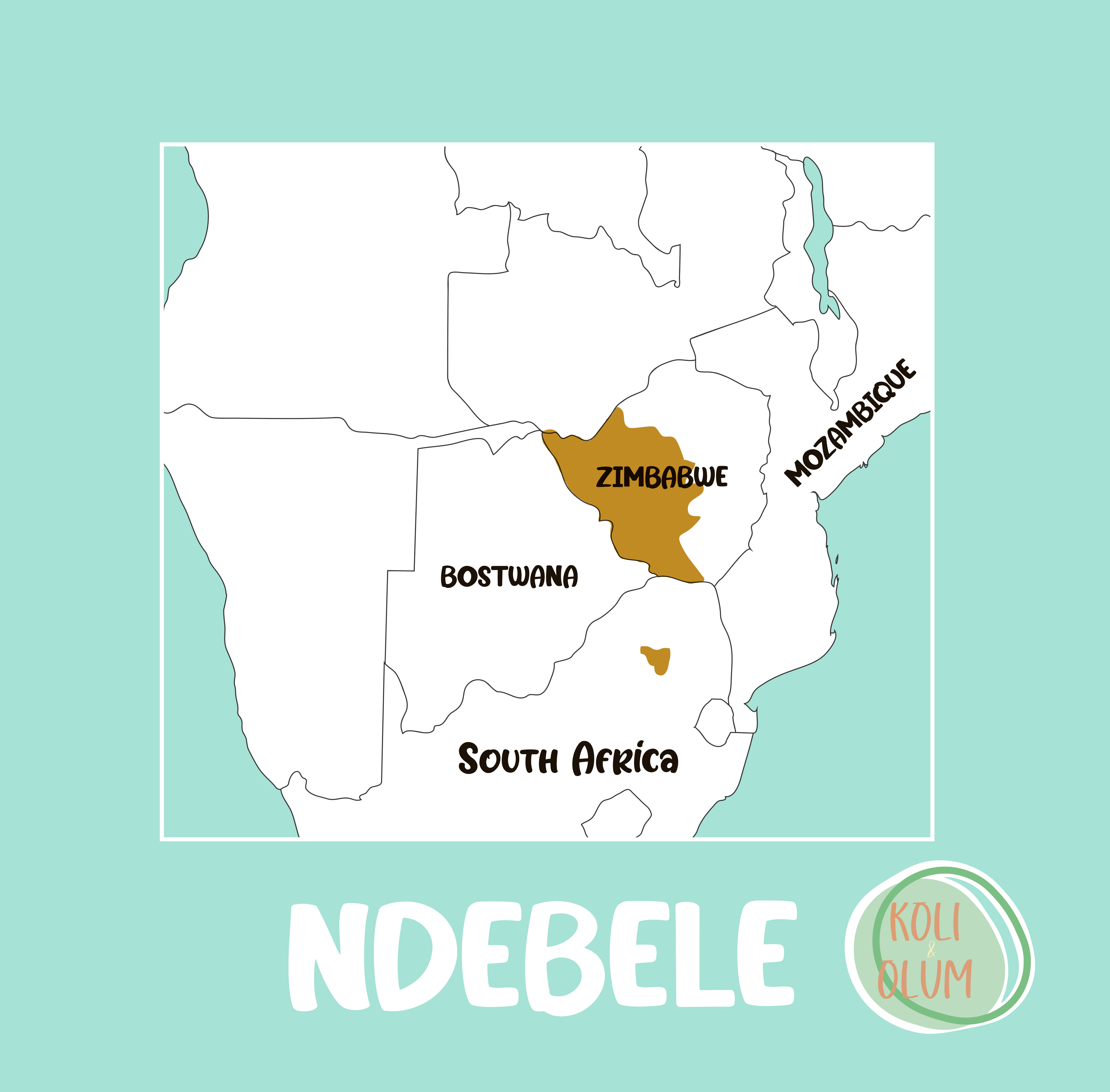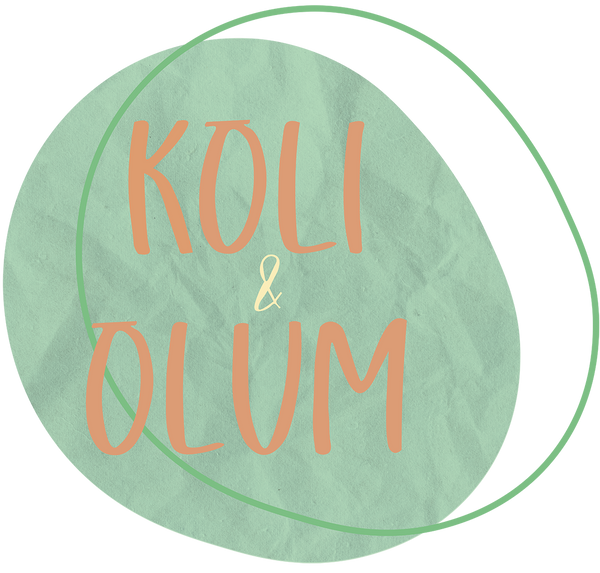Discover Ndebele

The Ndebele (amaNdebele) are a Bantu ethnic group divided into Southern Ndebele in South Africa and Northern Ndebele (Matabele) in Zimbabwe. Their language, isiNdebele, is an official language in South Africa, spoken by over a million people and closely related to Zulu, Xhosa, and Swazi.
Main Communities
- South Africa: Southern Ndebele communities are concentrated in the provinces of Mpumalanga, Limpopo, and Gauteng.
- Zimbabwe: Northern Ndebele (Matabele) people primarily inhabit the Matabeleland region.
Ndebele Names and Their Meanings:
- Nkosana – Prince
- Siyabonga – We give thanks
- Nomusa – Kindness
- Thando – Love
Staple Food
- Umphokoqo – A traditional Ndebele dish made from dry, crumbly maize meal and typically served with amasi (sour milk). It's rich in fiber and probiotics, promoting digestion and gut health. It's often eaten during hot days as a cooling, nutritious meal.
- Isitshwala – A thick maize porridge served with meat, leafy greens, or vegetables. It provides sustained energy and is a staple comfort food packed with carbohydrates and essential nutrients from the accompanying relishes.
- Amahewu – A fermented drink made from cooked and cooled maize meal mixed with water and left to ferment naturally. It is rich in beneficial bacteria, boosts hydration, and supports digestive health, commonly enjoyed as a refreshing drink in rural and urban areas alike.
Culture and Traditions
- Ndebele House Painting – This is a famous tradition where Ndebele women decorate their homes with bright, geometric patterns passed down through generations. The designs are more than just art—they show identity, pride, and messages about important family or cultural events. Girls learn this skill from a young age, and it’s a key part of expressing Ndebele culture to the world.
- Initiation Rites (iQhude and iQhudeza) – These are traditional ceremonies marking the passage of boys and girls into adulthood. Boys go through a period of seclusion where they are taught values, bravery, and responsibility. Girls are also taught about womanhood and family life. These events are celebrated with singing, dancing, and special clothes decorated with colorful beads.
- Beadwork and Traditional Dress – Beadwork plays an important role in Ndebele culture, especially for women. They wear beautifully beaded aprons, neck rings, and headbands that show age, status, and important life events like marriage. These items are worn during cultural festivals and ceremonies, proudly showcasing Ndebele identity and heritage.
Notable figures:
- Dr. Esther Mahlangu: A celebrated Ndebele artist known for her large-scale, vibrant, geometric paintings.
- Chief Nyabela: A historical Ndebele leader who played a significant role in resisting colonial forces in the late 19th century.
- Mzilikazi: 19th-century leader who led the Ndebele migration to Zimbabwe, establishing the Matabele kingdom.
